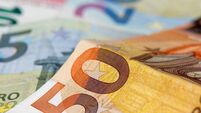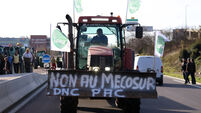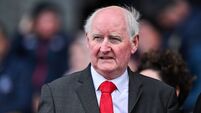Pope gunman may go back to prison
A white car whisked Mehmet Ali Agca - whose attempt to assassinate the Pope gained notoriety for him and shame for his homeland - through the gates of the high-security Kartal Prison.
Nationalist supporters who fought alongside Agca in street battles against leftists in the 1970s cheered and tossed flowers.














